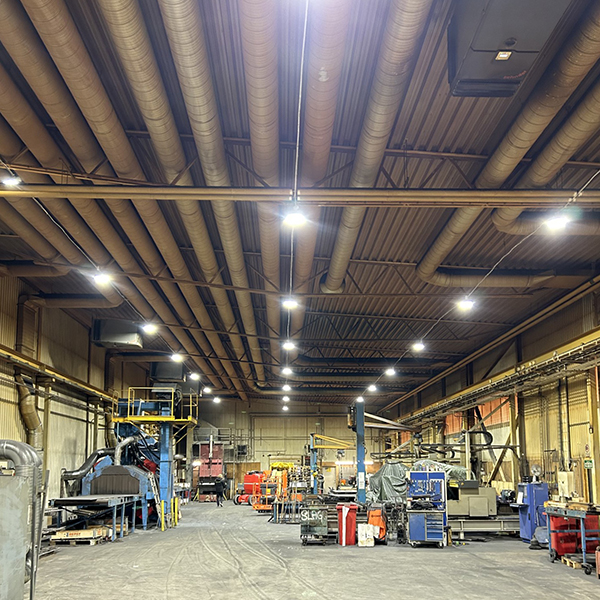Cost-Saving Strategies with Industrial Lighting Systems
Cost-Saving Strategies with Industrial Lighting Systems
Blog Article
In the current Industrial lighting (Industribelysning), efficiency, longevity, and cost-effectiveness are crucial components for success. Among the many systems that are revolutionizing industrial procedures, LED (Light Emitting Diode) engineering stands apart as a game changer in industrial lighting. Over the past decade, LED illumination has become the chosen choice for firms seeking to improve energy efficiency, lower operational prices, and improve workplace safety. In this article, we explore the critical role that LED technology plays in shaping the continuing future of professional lighting.

Power Effectiveness: Lowering Functional Prices
One of the very substantial features of LED technology in industrial illumination is their energy efficiency. Unlike traditional light possibilities, such as for example incandescent or fluorescent lights, LEDs eat up much less energy while giving the same (or actually superior) amount of brightness. Reports reveal that LED lights may reduce energy use by around 75%, translating in to substantial savings for industrial features around time. These charge savings can be reinvested in different critical areas of the business, further enhancing functional efficiency.
Durability and Longevity
LED light is noted for their extended lifetime, with several LED lamps lasting around 50,000 hours, compared to just 1,000 hours for incandescent bulbs. This longevity diminishes the requirement for repeated alternatives, reducing preservation charges and downtime in industrial settings. Furthermore, LED lights tend to be more tough, effective at withstanding severe problems such as for example excessive conditions, vibrations, and shocks. That makes them well suited for challenging industrial conditions like warehouses, factories, and production plants.
Improved Brightness and Awareness
In commercial controls, proper illumination is a must for worker protection and productivity. LED lights provide superior illumination and better mild circulation, ensuring that perform areas are illuminated uniformly. This can help minimize the chance of incidents, particularly in areas wherever detail and attention to aspect are required. The improved visibility also contributes to increased staff performance, as tasks may be accomplished more accurately and with fewer mistakes.
Environmental Influence and Sustainability
As environmental issues keep on to rise, firms are significantly turning to sustainable solutions. LED illumination is just a more eco-friendly solution in comparison to traditional light technologies. LEDs don't contain hazardous products like mercury, which is generally present in fluorescent bulbs. Moreover, they are 100% recyclable, reducing the quantity of spend made by commercial facilities. By making the change to LED technology, organizations may lower their carbon impact and donate to a greener future.

Realization
The usage of LED engineering in commercial light presents a variety of advantages that increase both the functional efficiency and sustainability of businesses. From its energy-saving abilities to its durability and superior lighting quality, LED engineering is transforming professional illumination and enabling organizations to keep competitive within an ever-evolving market. As industries continue to prioritize power effectiveness and cost-effective solutions, LED technology may truly play a vital role in surrounding the ongoing future of industrial lighting. Report this page